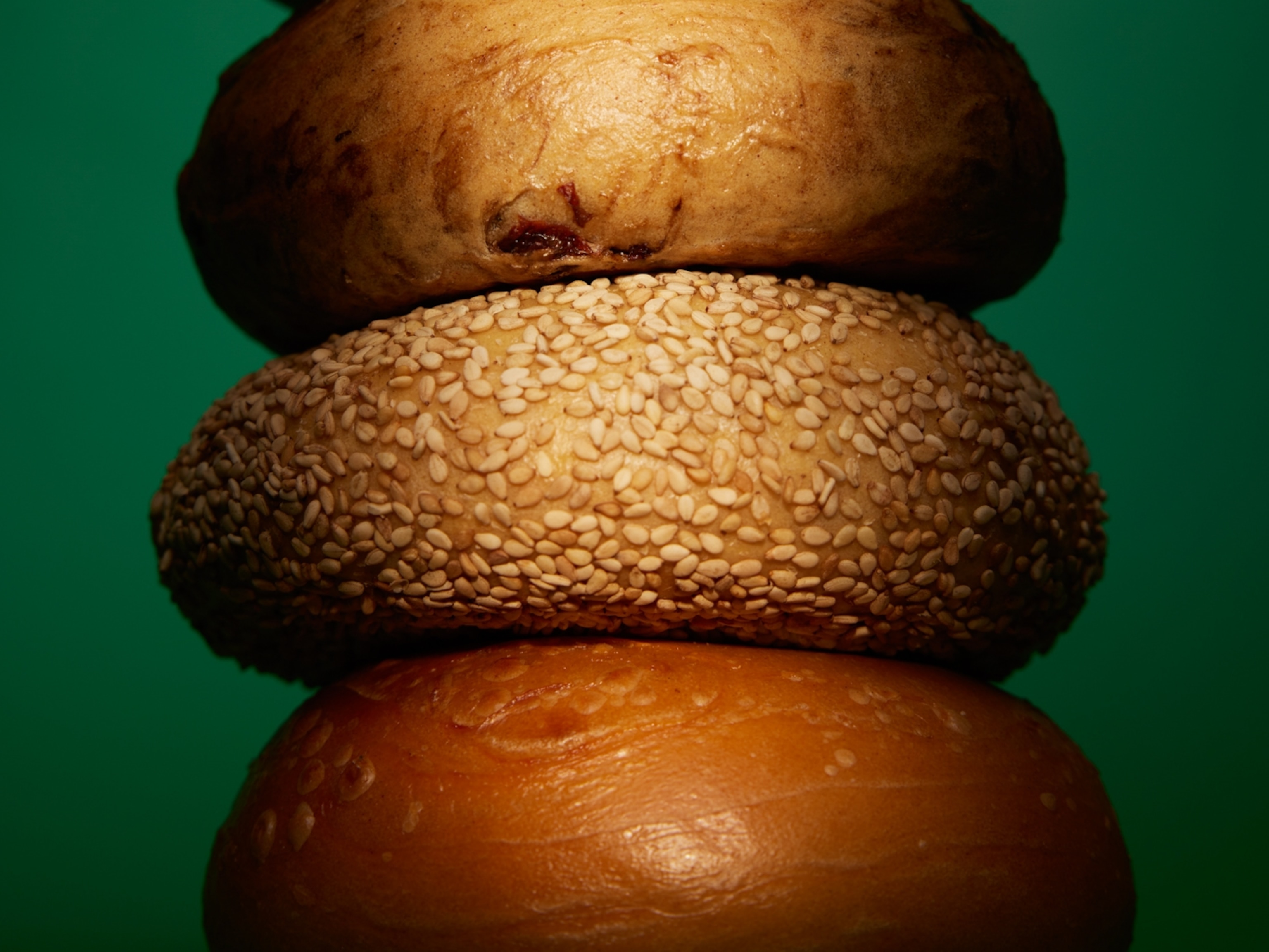On any given day, up to half a million trucks criss-cross America to people fresh food at the peak of ripeness. Often, that food comes from thousands of miles away, shipped through trucks and warehouses to arrive exactly when customers are most likely to buy them. That’s the foundation of the most advanced food distribution system in the world.
To see it at work, we committed to follow a truck coast to coast. We watched a shipment of strawberries being loaded in Watsonville, California, and stayed on its tail until Landover, Maryland. In all, 3,200 miles over three days.
The berries are charismatic, but the real heroes of food distribution are the people who make it happen. The drivers of the truck we followed, a married couple from North Carolina named Tim and Karen Rife, dutifully haul cargo back and forth across North America two times each week. We’re grateful to them—and their company, Inman Trucking—for allowing us behind the scenes, in the cab, and off duty at truck stops across America.
We also tip our hat to Driscoll’s, the California-based king of berry production. Driscoll’s took us into its fields and distribution centers to show how strawberries come to life. The company’s farmers, packers, and shippers also revealed why, with Driscoll’s daily efforts to create sweet and reliably-grown berries, the world isn’t expecting a strawberry or raspberry shortage anytime soon.
Naturally, the story of a strawberry could be the story of any crop—corn, mangos, avocados. The path for most produce around the world is just as long, just as detailed, all designed to be quiet. Consumers aren’t supposed to think about the food miles their food traveled. The system is designed so that shoppers only need to worry about whether $2.50 per pound is a good price for apples.
See behind the scenes of our strawberry road trip here.





